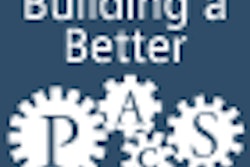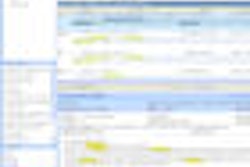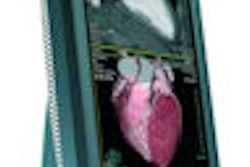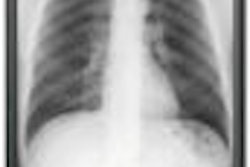Orthopedic surgeons are usually the last holdout -- and often a bony obstacle -- to shuttering radiology darkrooms and going digital. Their long films, especially scoliosis studies, have long been the trouble child of radiology departments and record keepers who must read, store, and retrieve them.
But in 2007, during the final stage of a digital conversion at the Children's Hospital of Philadelphia in Pennsylvania, the radiology department found a simple answer to wining the cooperation of orthopedic surgeons, and they obtained some impressive results in terms of lower costs and quicker readings.
"We measured the number of scoliosis cases that were imaged and read," said Dr. Richard Markowitz, a pediatric radiologist and president of the medical staff at Children's Hospital. "Mean turnaround times changed from 41 days to seven hours. We felt that statistic was fairly significant."
Markowitz shared this experience with attendees of the Society for Pediatric Radiology's (SPR) annual meeting in Carlsbad, CA, earlier this year. Printing the images turned out to be the secret weapon to winning the approval of the orthopedic department.
Many hospitals and outpatient healthcare facilities have also found that getting orthopedic specialists on board was the biggest problem after they made the commitment to digital. Orthopedic surgeons have said they prefer film over digital images to show patients what's wrong and what they plan to do, to prepare for surgery, and to track the patient's healing closely.
Part of the problem, too, stems from scheduling. It's difficult to get the surgeons and the radiologists to schedule time to look at the films simultaneously. Another problem is the size of the images. Doctors also had to make time to learn how to use the workstations and become proficient with the new technology.
"Everyone wants progress, no one wants change," Markowitz said.
Markowitz and colleagues tracked the costs, turnaround time, and clinician satisfaction from nine months before until nine months after digital conversion. The study included 5,400 scoliosis exams over the 18-month period.
They found that the initial start-up equipment costs were offset by an 80% decline in film, processing, and storage costs, even with the PACS printing costs added in. The increased radiology workload was accommodated by minor reorganization of staff.
"Operating costs are down 67%," he said. "Before the conversion, 49% were read within 30 days as compared to 98% after the conversion."
While many orthopedic specialists liked digital imaging for its speed and portability, there remains some resistance. To win them over, the radiology department started printing images.
Some of our orthopedic surgeons seemed suspicious of the technology," Markowitz said. "Once we provided them with long laser [film] printouts for their files, they accepted it better."
By Marty Graham
AuntMinnie.com contributing writer
August 3, 2009
Related Reading
PACS drives 70% growth in radiologist productivity, study finds, June 18, 2009
Copyright © 2009 AuntMinnie.com



















